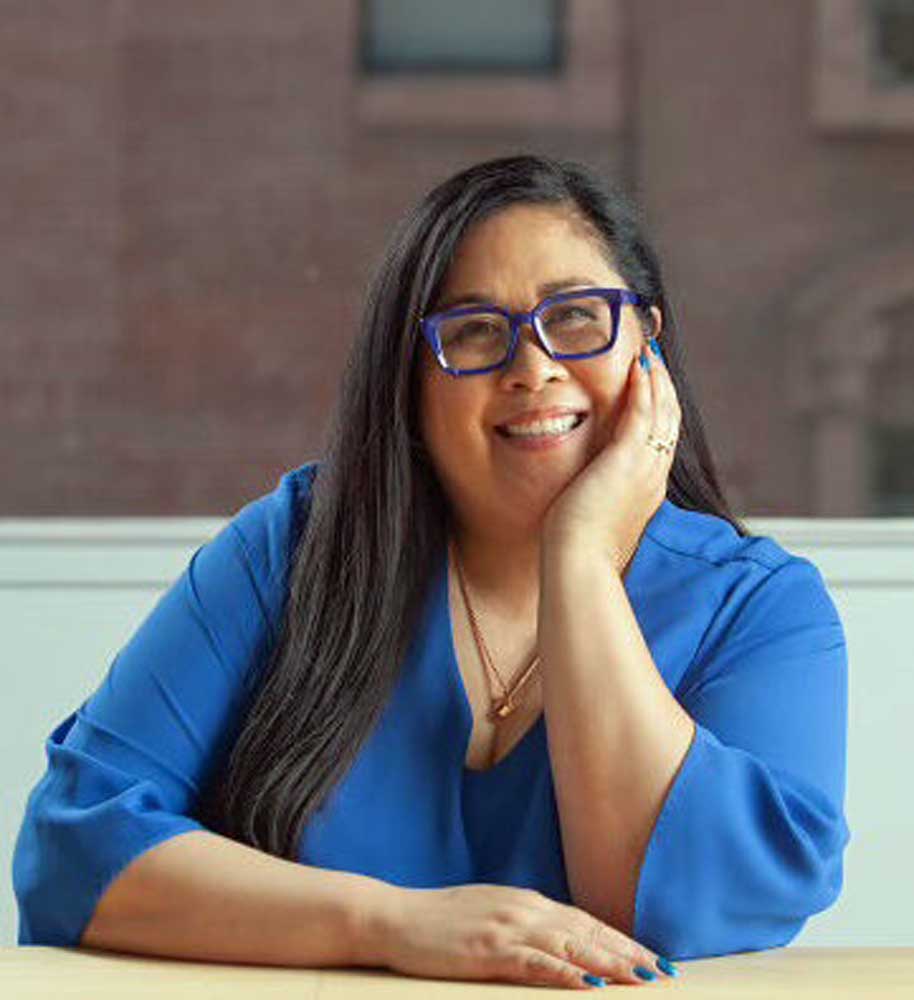OPINION: There are practical tools and accommodations for disability-inclusive workforce
Published 9:24 am Thursday, October 24, 2024

- LUEBKE
While Oregon is a progressive state that has pioneered many diversity, equity and inclusivity initiatives, one area in which it has room for growth is in improving its rate of employment for people with disabilities.
Trending
Unfortunately, there is still a large employment gap in Oregon when it comes to people with disabilities; according to the Oregon Department of Human Services, 46% of Oregon residents aged 18 to 64 with disabilities were employed in 2022, compared to 80% of those without disabilities, resulting in a 34% gap.
Many disabled people want to work but face an uphill battle in finding employment because of systemic biases, inflexible and outdated attitudes regarding people with disabilities, or inaccessible workplaces. Yet disability is a natural part of the human experience — something that any of us can temporarily or permanently acquire at any time, regardless of age, race, sex, gender or ethnic background. Workplaces that are inclusive of people with disabilities have proven to outperform workplaces that don’t intentionally and actively include disabled people.
October is National Disability Employment Awareness Month. I want to offer some practical tools and accommodations for companies looking to foster a disability-inclusive workforce. By standardizing the following accommodations, we can ensure disability inclusion for many Oregonians who are currently marginalized because of their disability.
Trending
Tools & Accommodations
First, launch a “disclosure” campaign. Ask a senior executive member to serve as a sponsor for a campaign to understand the needs of current employees with disabilities. This way the organization can ensure that commonly requested accommodations are standardized. Many people in your workplace already may have nonapparent disabilities that they’ve chosen not to disclose because they fear being discriminated against. Nonapparent disabilities may include neurodivergence, auto-immune disorders, or mental health conditions.
The Harvard Business Review reports research that indicates workers who disclose their disabilities in the workplace are more engaged by 30% than those who don’t. A more engaged workforce will result in a happier, healthier work environment.
Second, Include “A” for “accessibility” in DEIA statements, and make the hiring process itself inclusive. Ask candidates what support they may need to make the interview process as accessible as possible, such as providing interview questions to candidates in advance so they can prepare, or if they would like to answer questions in writing instead of verbally, or asking candidates to provide examples of their work product instead of asking them to answer open-ended questions about their work. If a person with a disability finds welcoming language in a job description, they will be more likely to apply.
Third, if possible, make captioning the default when it comes to virtual and even in-person meetings. Enabling live captions for all online and in-person meetings can be helpful for those with hearing or auditory-processing disorders.
Fourth, create accessible workstations. When it comes to creating inclusive workplaces, having accessible workstations can significantly increase employee comfort and satisfaction for disabled and non-disabled people alike. Standardized accommodations can include adjustable-height tables, display screens with larger fonts, ergonomic chairs, mice and keyboards, remote or hybrid work opportunities, and communication channels with flexible response times.
Finally, making accommodations for accessibility doesn’t have to be expensive or cost-prohibitive. In fact, the Job Accommodation Network notes that companies that champion people with disabilities outperform others. The network also notes that the average cost of accommodations is around $300, and less than 4% of these are ongoing costs.
In support of National Disability Employment Awareness Month, I challenge our business community to narrow the employment gap for people with disabilities.
Relay Resources has developed a comprehensive toolkit for those seeking to create a disability-inclusive workplace. The Oregon Department of Human Services’ website has a host of resources for businesses and people with disabilities.
This October, let’s make Oregon a leader in workplace disability inclusion. Because disabled people belong — everywhere.
Dr. Jennifer Camota Luebke of Northeast Portland is the CEO of Relay Resources and a recent appointee to Gov. Tina Kotek’s Oregon Council on Developmental Disabilities. She also is the mother of an adult son with an intellectual disability.





